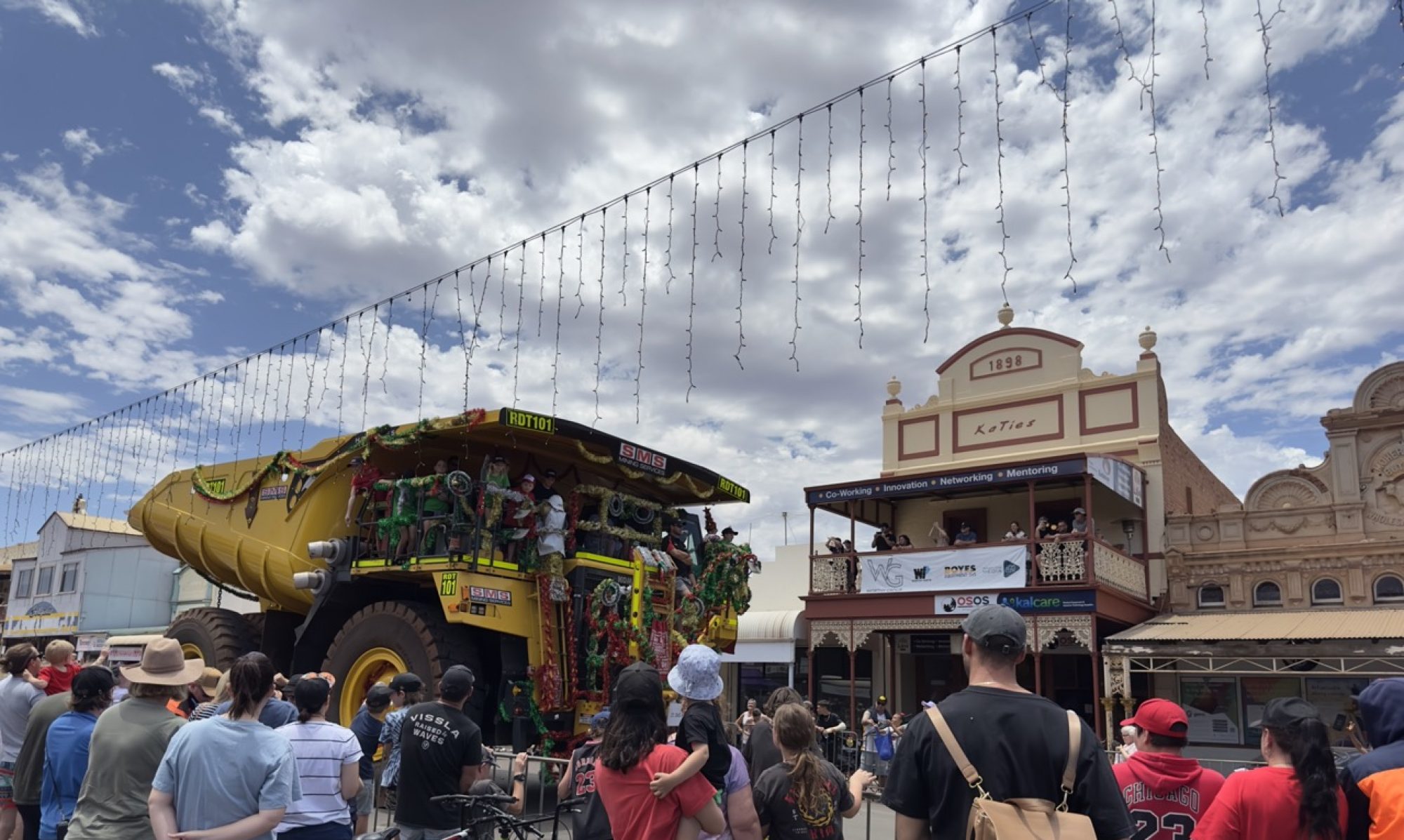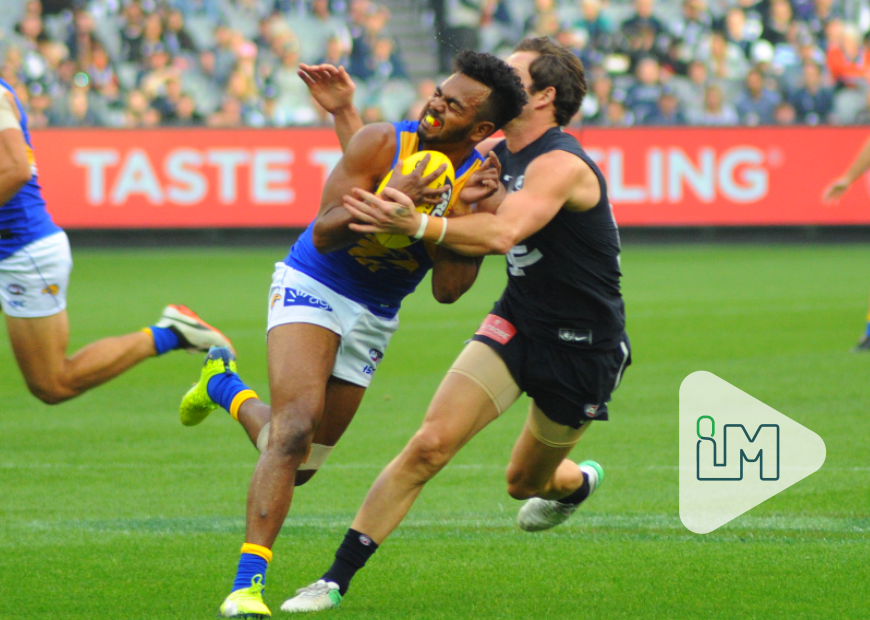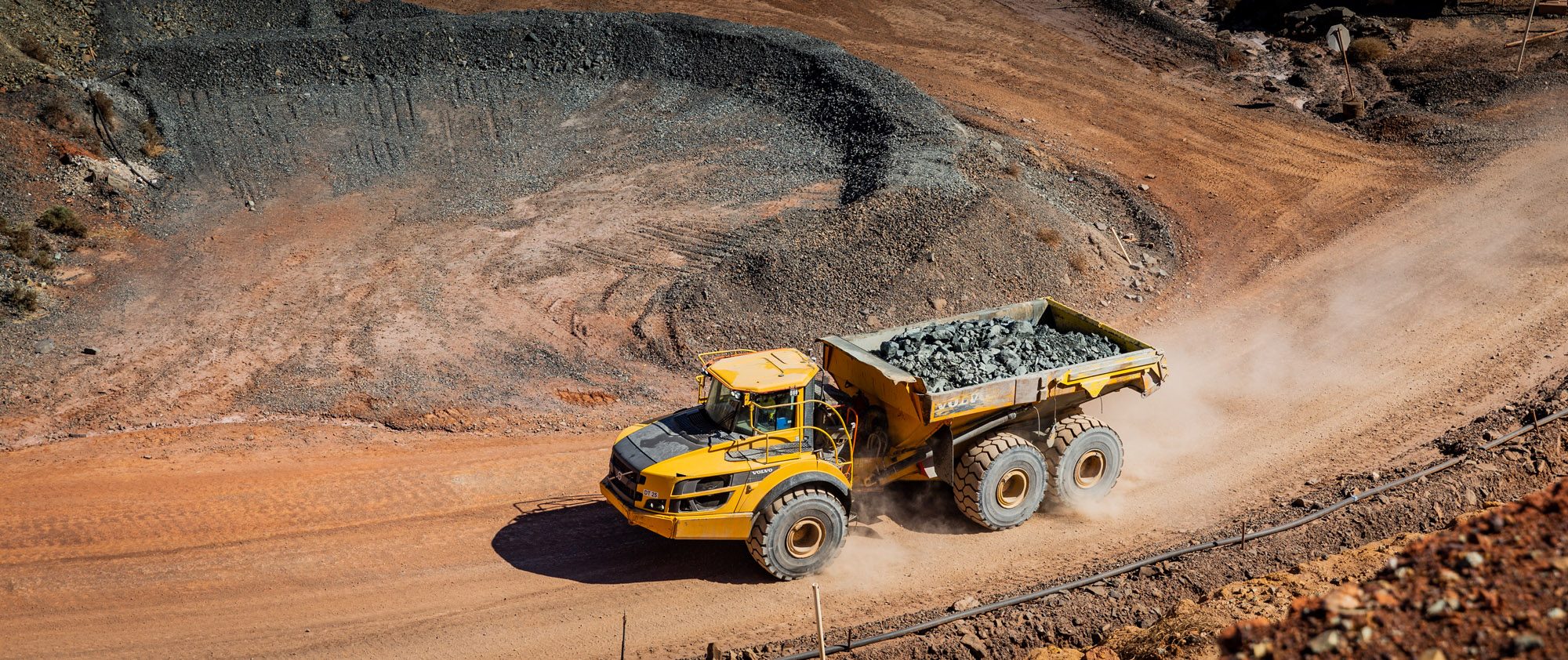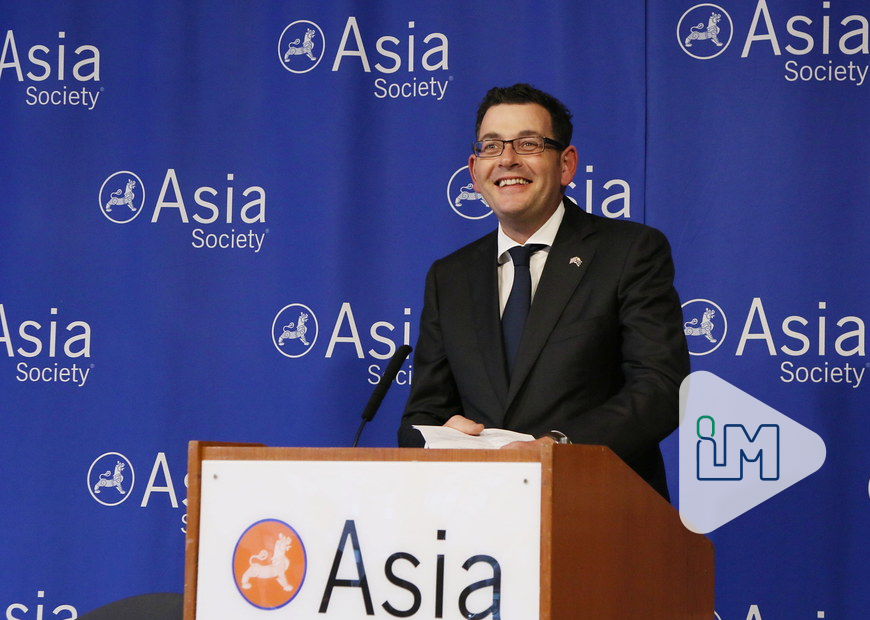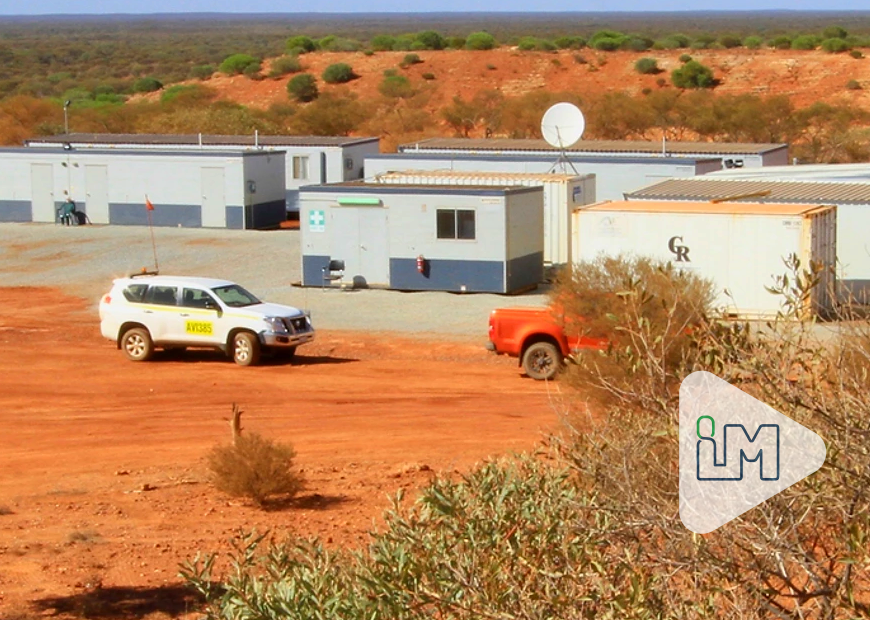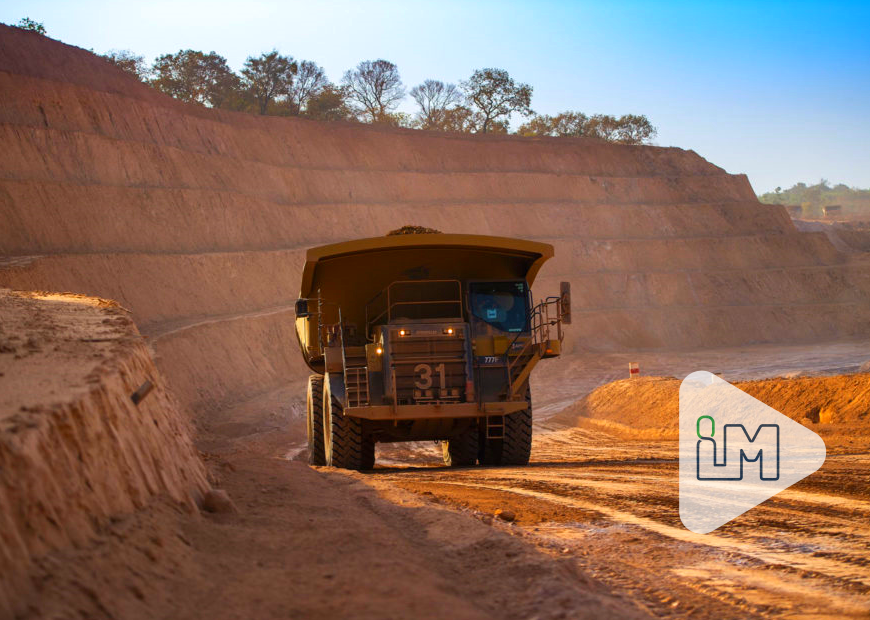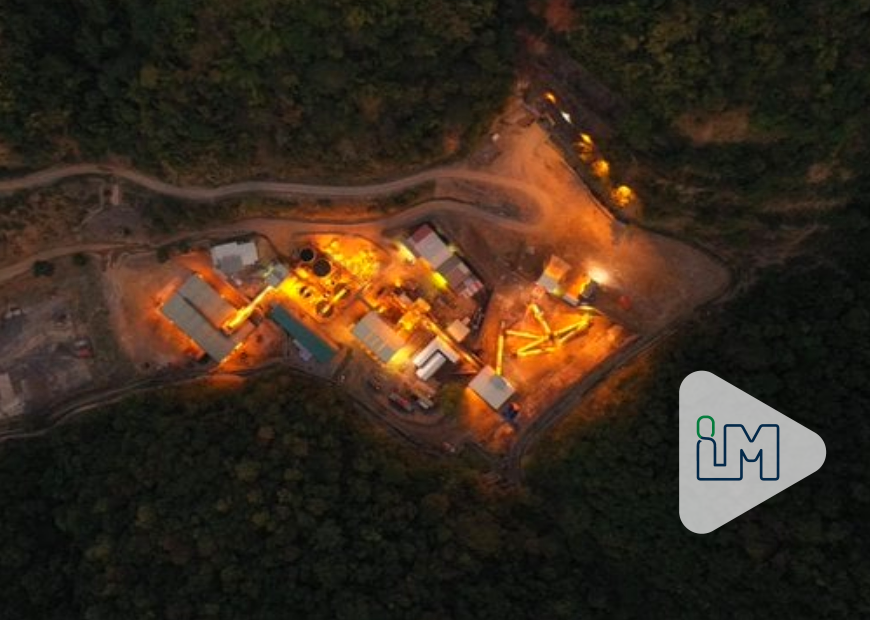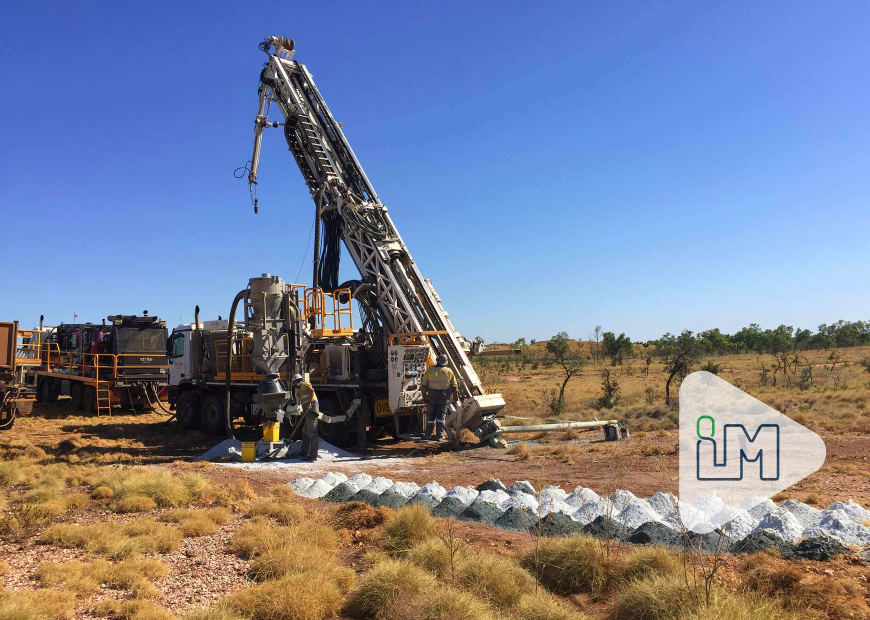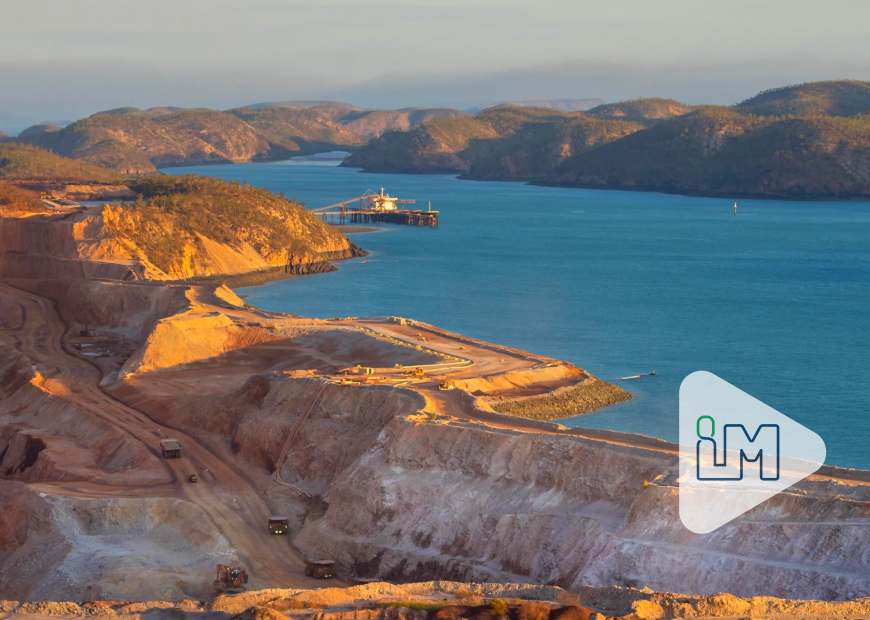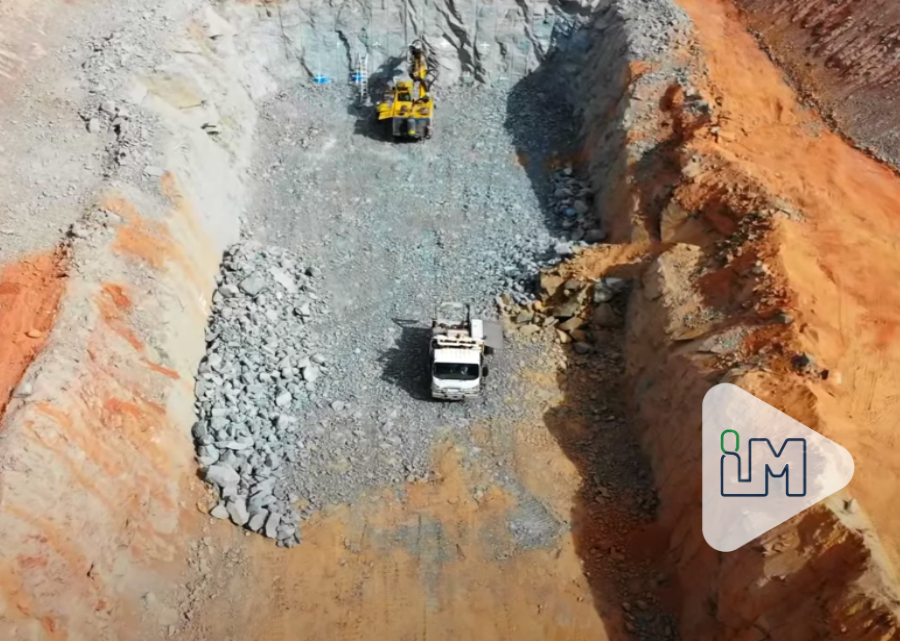Changes at the Top for Resolute Management.
The Board of Directors of Resolute Mining (RSG) have advised that, after five years with the Company as Managing Director and CEO, Mr John Welborn has stepped down from the role.
Resolute Chief Financial Officer, Mr Stuart Gale, has been appointed as Interim Chief Executive Officer while an executive search process is undertaken. Mr Gale will be well supported by Resolute’s executive team and the Board.
Resolute Chairman Martin Botha said: “John has worked hard to reposition and transform the business over the past five years, and the time is right to introduce a new CEO to take Resolute forward, to deliver improvement in operational outcomes and resilience, and to deliver the next phase of sustainable value for the company.
“Under his leadership, Resolute has been active corporately to build its mining profile and dual-list on the London Stock Exchange. On behalf of the Board I would like to thank him for his valuable contribution and wish him well in his future endeavours.”
Interim CEO Stuart Gale joined Resolute as Chief Financial Officer in January 2020, having previously held senior executive positions at Fortescue Metals Group Limited and Wesfarmers.
The Board is commencing a comprehensive process to recruit a new CEO with the skills and industry experience to lead the executive team and deliver on Resolute’s strategy.
Legends Releases Quarterly Report
In its quarterly report Legend (LEG) says it has completed its busiest ever quarter of field activities at the Rockford project with diamond, RC and aircore drilling ongoing and geophysics and assay reporting playing catch up. There has been further success, with massive nickel copper intercepts in diamond holes 23 and 27 along with broader zones of nickel copper sulphide mineralisation.
The quality and scale of Rockford has been highlighted by the development of the Mawson 3D gravity model (with mag inversion, geochemistry and structural inputs) along with the regional MLTEM success at Hurley.
Legend’s Rockford Project is located in the highly prospective Fraser Range district of Western Australia and considered prospective for mineralisation styles including magmatic nickel-copper, VMS zinc-copper-silver and structurally controlled gold.
The Rockford Project comprises 14 contiguous granted exploration licences covering a total area of 3,088 square kilometres.
Exploration activities completed during the September 2020 Quarter at Rockford focussed on the Mawson prospect and included: diamond drilling, RC drilling, downhole electromagnetic (DHTEM) surveying, structural and lithogeochemical studies, and geophysical inversion modelling. Moving loop electromagnetic (MLTEM) surveying and modelling was also undertaken at the Hurley, Crean, and Worsley prospects at Rockford South.
Galena Mining Report High Grades at Abra Project.
Galena Mining (G1A) today announced the first assay results from the substantial ongoing drilling program at Abra Base Metals Project.
Managing Director, Alex Molyneux commented, “We’re astounded at the success of hole AB147 in targeting a potential ‘metal rich’ combination of grade and thickness on the northern part of the eastern limb of Abra’s Indicated Resource area, which is shallow and close to the current plan for early decline infrastructure. We have added a number of follow-up holes around AB147 to the drilling program with the intention to bring this area into the early years of the mine plan as an optimisation.”
25 diamond core drill-holes (AB144 to AB168) for 10,646 cumulative linear metres of the 2020 Abra Drilling Program have been completed so far. Albeit, this release only includes assays from the first five holes due to the slow progress in receiving assays.
The program was initially planned to consist of approximately 15,000 metres to 18,000 metres of drilling, with three objectives: lead-silver orebody infill; drilling into selected prospective ‘metal rich’ zones for potential life of mine plan optimisation; and gold-copper exploration. The holes completed to date have been targeting the first two objectives, with the plan to address the third objective later in the program.
There are now three drill-rigs operating at Abra with the capacity to drill a cumulative 1,400-1,800 metres per week. Assays have taken some time because drilling initially commenced with one drill-rig only and it took some weeks to ramp-up to three rigs due to drill-rig availability. Assays have also been slower to be received than for past programs due to capacity issues with sample logistics operators and lab backlogs.
Assays for five drill-holes (AB144 to AB148) are being reported in this announcement and assays for 20 completed holes remain pending.
Gascoyne Resources Pleased with Latest Drill Results.
Gascoyne Resources Limited (GCY) has released what it says are excellent results from the recently completed resource definition RC drilling at the Sly Fox, Gilbeys and Plymouth deposits at the Dalgaranga Gold Project near Mt Magnet, WA.
A 9-hole RC drill program targeting the down dip potential of the Gilbeys, Sly Fox, and Plymouth deposits was completed in September. Assay results have now been received for 8 of the 9 holes.
Gascoyne Resources CEO, Mr Richard Hay, commented “The success of this short drill program highlights that with further infill and extensional drilling, the strong potential for material additions to Mineral Resources and Ore Reserves, and with further drilling success, could lead to significant increases to mine life at Gascoyne’s flagship Dalgaranga operation.”
Four RC holes were completed targeting the Gilbey’s Main Zone below the southern end of the Gilbey’s 2020 Life of Mine pit design. These holes were designed to intersect below the previous drill hole program completed in April 2020.
Assay results from Gilbeys have now been returned from 3 drill holes (with the results of the fourth hole pending) which include the standout intersection of 11m @ 4.2 g/t Au from 227m including 6m @ 7.3 g/t Au.
At Sly Fox, four RC holes were completed targeting potential high grade zones between the base of the open pit and the historical intersection of 40m @ 2.0g/t Au. Drilling returned excellent broad high-grade intersections in 3 holes, of 26m @ 1.8 g/t Au from 184m including 13m @ 3.0 g/t Au, 21m @ 1.2 g/t Au from 198m and 19m @ 1.4 g/t Au from 175m. These drill results indicate a SW orientated plunging high grade shoot that remains open at depth and along strike.
A single RC hole was completed at the Plymouth deposit. Drilling targeted down dip extensions returning a strong gold intersection of 20m @ 2.6 g/t Au from 150m including 13m @ 3.8 g/t Au. The location of the intersection is 50m below the nearest drill hole. Plymouth remains open in all directions with grades increasing at depth. Due to Plymouth’s close proximity to the Sly Fox open pit.
Kalamazoo Resources Release Exploration Update.
Kalamazoo Resources Limited (KZR) released an update to the market on significant exploration progress made at its Victorian Goldfield Projects, as a result of a concerted campaign of regional and infill surface geochemistry programs, detailed field mapping, 3D structural modelling and drill program design and planning.
The outcome of these recent work programs is the commencement on 1st October 2020 of a minimum 2,700m (up to 4,000m) diamond drilling program at the Lightning Prospect within the Castlemaine Gold Project. A further ~7,000m RC drilling program is planned for the South Muckleford Gold Project which is currently awaiting final approval.
Kalamazoo’s Chairman and CEO Luke Reinehr said, “We are extremely pleased to have commenced our next Victorian drilling campaign at the Castlemaine Gold Project, with drilling to then move to our South Muckleford Gold Project soon after. We are fortunate that our project areas are located within incredibly rich historical goldfields which contain a combined past production of almost 8Moz of gold. Our strategy from the outset has been to utilise technologies and innovations previously not used on these projects to better assist us in our search for the next world class discovery in the Bendigo Zone and whilst these programs are extensive, we are confident they will assist us in identifying exploration targets with the potential to contain high grade gold resources.”

